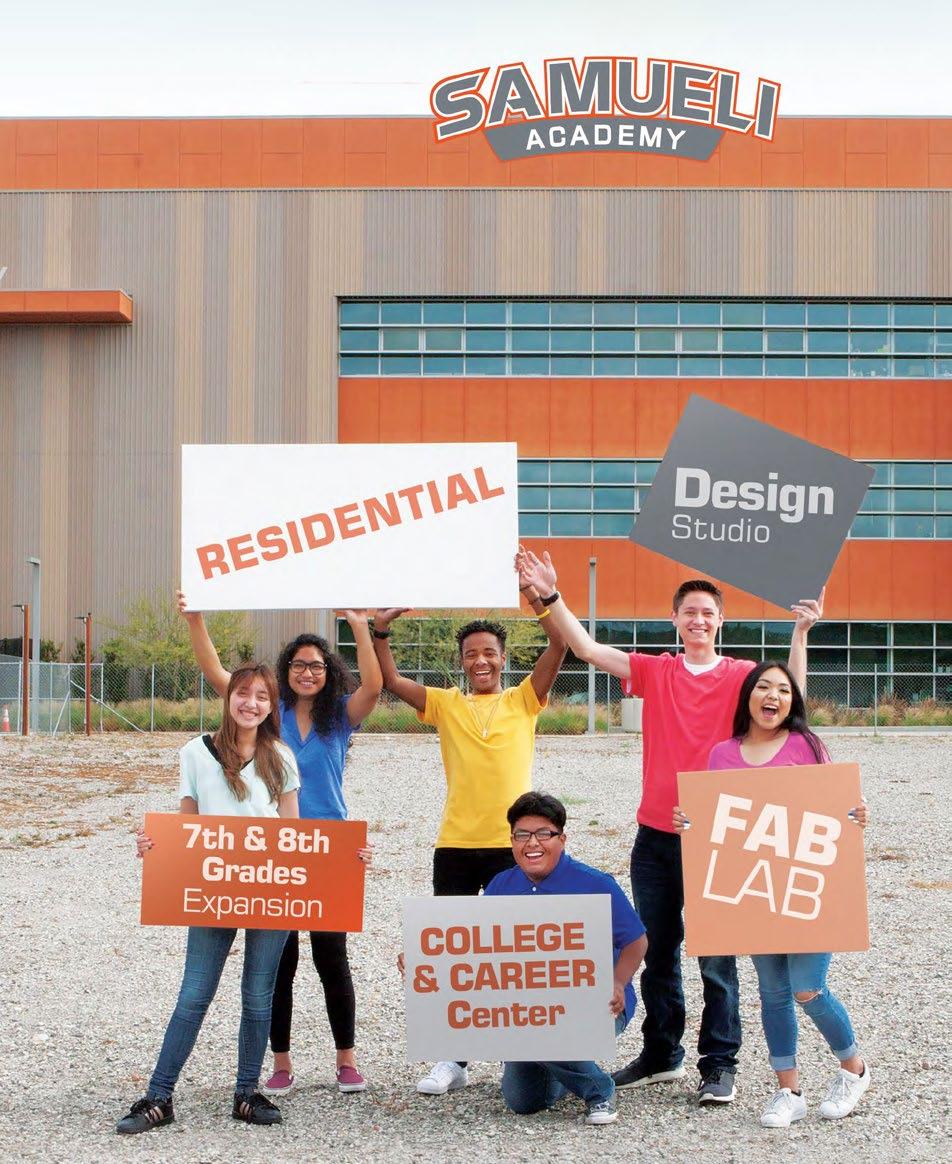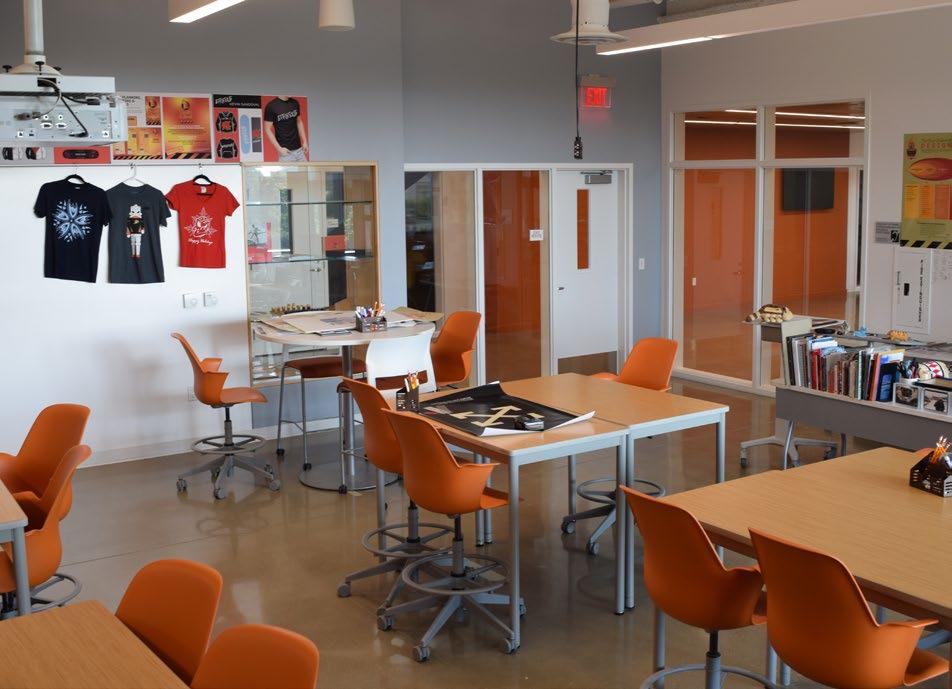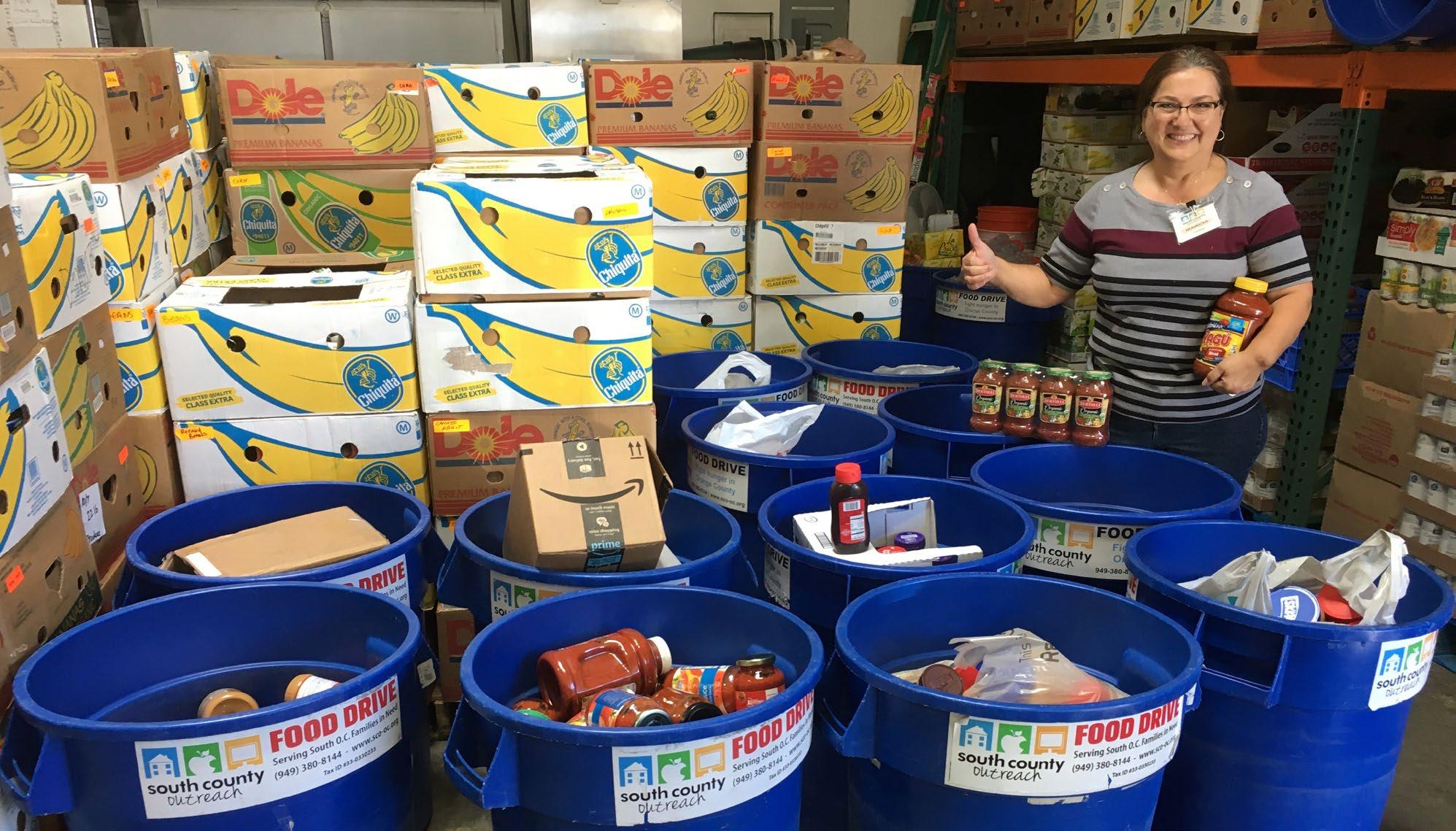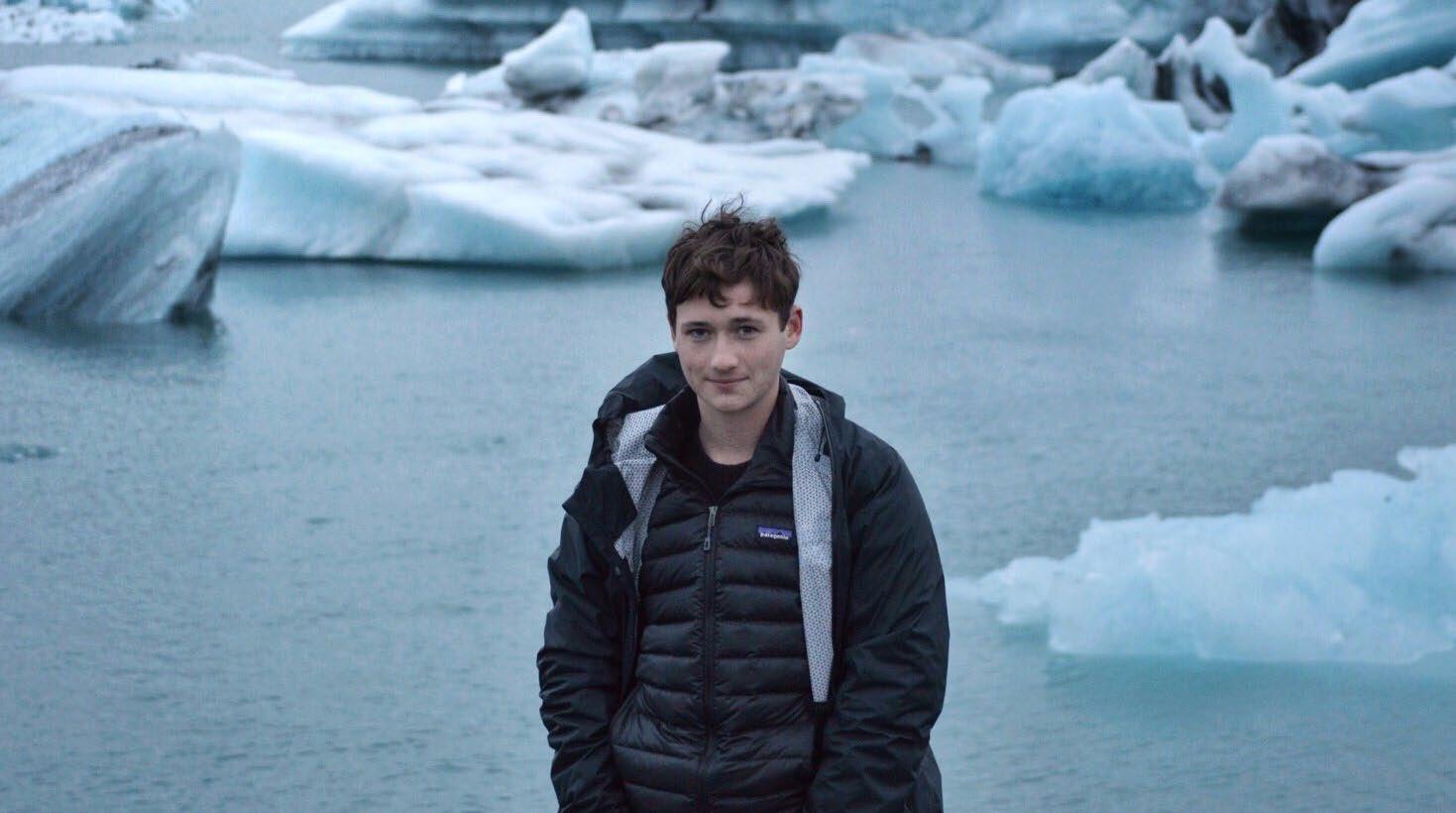
3 minute read
Of Interest
ORANGEWOOD FOUNDATION’S SAMUELI ACADEMY — A RECIPE FOR SUCCESS
By Wendy Bowman
In 2011, Orangewood Foundation enlisted longtime Bakersfield educator Anthony Saba to build its public charter high school on 7-plus acres in Santa Ana from the ground up to serve Orange County’s foster and community youth. Saba convinced his family to take the plunge and relocate, and then he began visiting schools across the country to research and study best practices in preparation for his new role. The result? The Academy, which opened in August 2013 to serve its first class of 120 freshmen students using an innovative, hands-on, projectbased learning approach. Think real-world experience in a wide range of fields, including engineering, arts and media, science, and technology.
“We didn’t want to just build a traditional school, because the students we were looking to serve didn’t find a lot of success in those models,” says Saba, who adds that about half of the students in California’s foster-care system never graduate from high school. “Every student is given a free laptop and we don’t have any textbooks. The way we teach and learn is totally different. We don’t overburden our students with lectures and instead teach with project-based learning. That means we are a public school and though we teach to the same public standards, we use real-world, hands-on examples and bring in authentic people so students can engage with them.
““When you couple hands-on projects with real-world authenticity and a caring staff and infuse technology, it really is a recipe for success for kids everywhere,” he says.

Take, for example, the school’s ninth graders. In their English class, they read and study “The Boy Who Harnessed the Wind” — a true story about 13-year-old youth, William Kamkwamba, who grew up in a rural area of Africa and wound up building a windmill to generate electricity for his family and village. The students then go to science class and learn about wind patterns, and climate control and change; bring in everyday items and make something useful for the world in design class (like a flipped-over skateboard with two bowls carved out for dishes called a “movable doggie tray”); and then create small replicas of the windmill that must charge a cellphone for a few seconds in engineering class.
“All four of the subjects relate back to what the students are learning in English,” says Saba. “At the end, we Skype in the author, and they engage with him. Maybe the coolest part at the end of the project is that we auction off the students’ designs and donate the profits to the author’s nonprofit in Africa. This whole time they’re learning soft skills, like oral presentation and collaboration. Who doesn’t want to learn that way?”
Fast-forward from the charter school’s origins as The Academy to today, and it’s now known as Samueli Academy — renamed after OC benefactors, Susan and Henry Samueli, in 2015. It also has grown to serve foster and community youth in grades seven to 12, with capacity expected to reach a total of 775 students by fall 2021. Saba has moved on to serve as the school’s executive director, in charge of compliances, board committees, fundraising, and more.
Now, in its latest and largest endeavor to date, Samueli Academy is using funds from its most recent $35 million “Campaign for Innovation in Education” fundraising effort to expand its campus to better serve Orangewood Foundation’s long-term vision for Samueli Academy. At the center of the expansion is a new 19,571 square-foot on-campus dorm, set to open in January 2021, that will ultimately house 48 students who are in foster care Sunday nights through Friday afternoons, with the youth returning to their foster families on weekends.
Also coming online: a new 45,000 square-foot, threestory academic Innovation Center, complete with a fabrication lab and design studio, college career and alumni center, student union with cafeteria and theater stage, and a new 17,588 square-foot building to serve seventh and eighth-grade students. The upcoming final phase of the capital campaign will fund a new gym and soccer field, expected to open in fall 2021.
“The new buildings offer us an opportunity to expand our curriculum to help our teachers better prepare students for college and career success,” adds Saba. “Most importantly, it gives a sense of stability to our youth in foster care, who in many cases, desperately need it. It’s critical to our mission and the future success of our students.”











